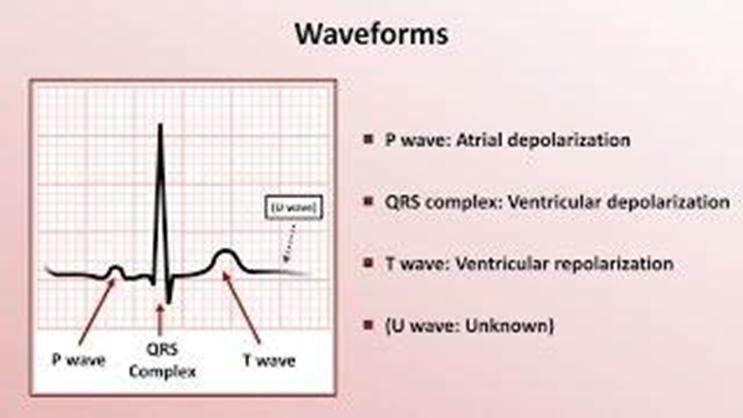Which of the following functions as both an endocrine and exocrine gland?
Pancreas
Pituitary
Thyroid
Hypothalamus
The Correct Answer is A
a. Pancreas: The pancreas has both endocrine functions (releasing insulin and glucagon into the blood) and exocrine functions (secreting digestive enzymes into the small intestine).
b. Pituitary: This is an endocrine gland only, releasing hormones into the bloodstream.
c. Thyroid: This is also an endocrine gland, producing hormones like thyroxine and triiodothyronine.
d. Hypothalamus: The hypothalamus primarily functions as part of the endocrine system, regulating the pituitary gland and releasing hormones into the blood.
Nursing Test Bank
Naxlex Comprehensive Predictor Exams
Related Questions
Correct Answer is B
Explanation
a: Decreased osmotic pressure - Decreased osmotic pressure would lead to fluid retention within the capillaries, not lymph production.
b. Increased hydrostatic pressure: Lymph is produced when there is an increase in hydrostatic pressure within the capillaries, which forces fluid and solutes out into the interstitial space, forming lymph.
c: Decreased hydrostatic pressure - Decreased hydrostatic pressure would result in decreased filtration of fluid from the capillaries, hindering lymph production.
d: Increased osmotic pressure - Increased osmotic pressure would draw fluid back into the capillaries, opposing lymph formation.
Correct Answer is A
Explanation
a. QRS wave: The ECG (electrocardiogram) measures the electrical activity of the heart. The QRS complex represents ventricular depolarization, the spread of electrical excitation through the ventricles causing them to contract.

b. P wave: The P wave represents atrial depolarization, the electrical impulse moving through the atria.
c. T wave: The T wave represents ventricular repolarization, the ventricles relaxing after contraction.
d. U wave: The U wave is a small wave of uncertain origin, not related to ventricular depolarization.
Whether you are a student looking to ace your exams or a practicing nurse seeking to enhance your expertise , our nursing education contents will empower you with the confidence and competence to make a difference in the lives of patients and become a respected leader in the healthcare field.
Visit Naxlex, invest in your future and unlock endless possibilities with our unparalleled nursing education contents today
Report Wrong Answer on the Current Question
Do you disagree with the answer? If yes, what is your expected answer? Explain.
Kindly be descriptive with the issue you are facing.
